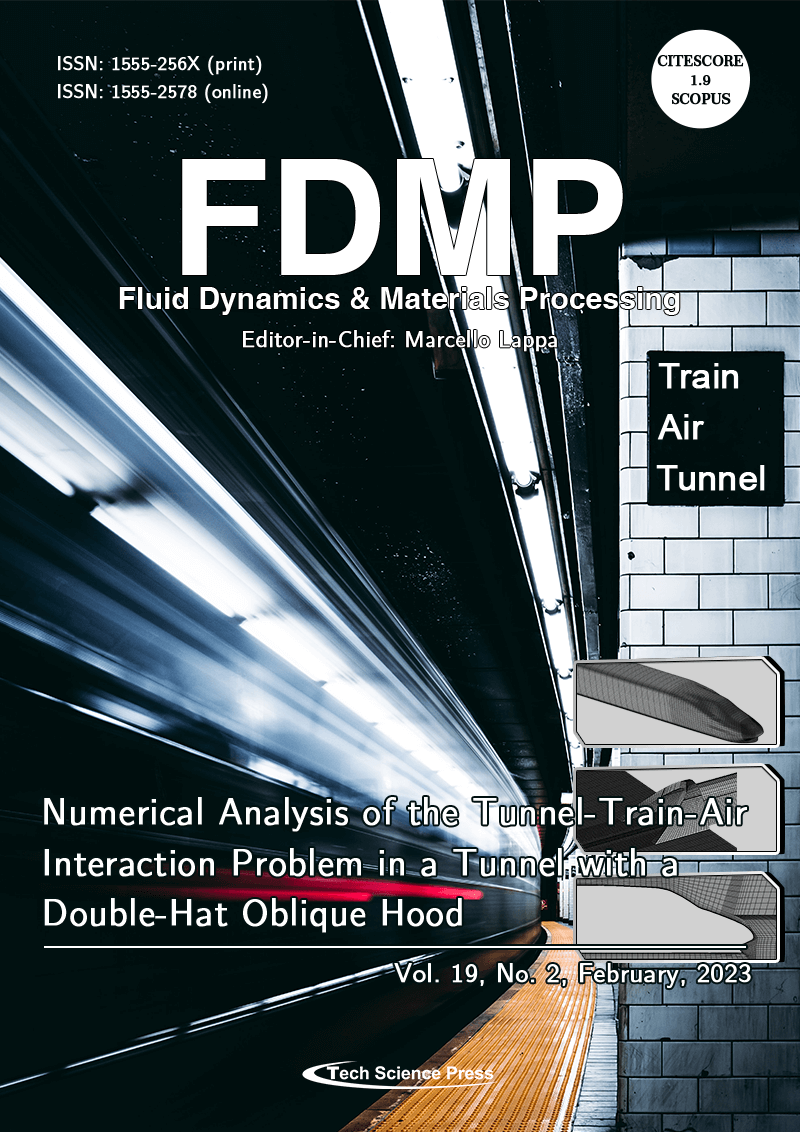Tubing Dimension Optimization for the Development of an Offshore Gasfield
Donglei Jiang1, Heng Wang1, Huan Diao1, Tan Xiao1, Yi Yu1, Chunmin Zeng1, Rui Zhang2,*, Qi Huang2, Mingbo Wang2
FDMP-Fluid Dynamics & Materials Processing, Vol.19, No.2, pp. 315-327, 2023, DOI:10.32604/fdmp.2022.020221
- 29 August 2022
Abstract L1 is one of the largest offshore gas fields currently under development. In order to optimize the related design, nodal analysis is applied (including proper consideration of the plant productivity, sensitivity to the tubing size, erosion effects, liquid carrying performance, and tubing string). As a result of such approach, it is shown that 13Cr material should be chosen as the appropriate tubing material. Moreover, 3-1/2 inches 9.3 lb/ft N80 tubing, 4-1/2 inches 12.75 lb/ft N80 tubing, 5-1/2 inches 17 lb/ft N80 tubing should be used for a gas production rate under 80 × 104 m3/d, between 80 × 104 m3/d and 120 × 104 m3/d and above 120 × 104 More >
